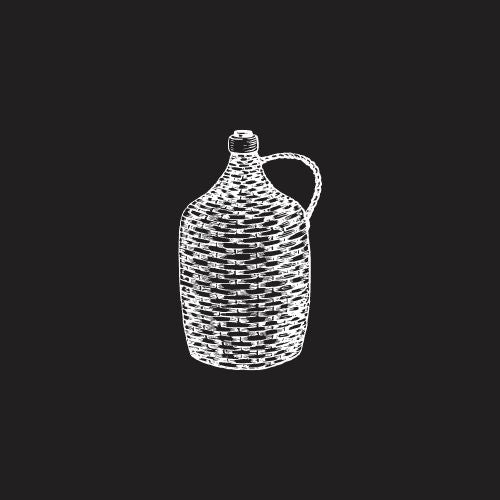The History of The Growler

Dating back as early the late 1800’s there’s records of thirsty townspeople carrying home their newly discovered brews in large steel pails. While there were several flaws in the carrying method, it was the simplest way to haul the glorious product back home for a midnight snack. The design was quickly improved by including a lid, to prevent loss of beer through sloshing, from the stumbling carrier who was more than likely pretty sloshed. While the first version of the growler was simple, it was proven extremely inefficient in maintaining product quality. When being carried home, the sloshing in the bucket resulted in the escape of C02 and a very flat bucket of beer by the end of the journey.
Over the years the growlers popularity progressed, as did its design. Following the dark times of the prohibition, beer once again hit the streets. Local bars recruited delivery services from city kids, creating the industry of “rushing the growler”, bringing the valuable beers from popular bars to the homes of local workers and desperate parents.
Fast forward to the 1980’s, when the Otto Brothers and their draft-only microbrewery in Wyoming wanted to offer beer-to-go for their loyal customers. Unfortunately, they lacked the resources to begin bottling. After stumbling upon their fathers’ old tin beer pale growler, the brothers decided to revamp the forgotten carrying device. Replacing tin with glass, the brothers designed half gallon bottles, allowing their loyal customers to bring home beers with ease. Thus the birth of the modern day growler that we all know and love.
The evolution of the growler continued into our day and age with the addition of new materials. Starting with glass and then spiraling into other variations such as ceramic and my personal favorite, insulated stainless steel. Each material has its own individual perks but at the end of the day they all share the common goal of bringing beer lovers the ability to bring their favourite brews wherever life may take them.
Ecologically-and economically-friendly, with decades of innovation and remodelling, growlers have become a staple in the life of resourceful drinkers across the globe. But how exactly did this craft beer staple product get its name? That may be best debated over a pint. The earliest theory suggests the term “growler” may be traced back to when the thirsty townspeople swung their buckets all the way home. It was said the CO2 escaping from the lid made a grumbling sound. Maybe the term “growler” comes from giving the early workers a bucket of beer to prevent their stomachs from growling during a long day. Another theory suggests the name comes from the sound of a full pint being shoved down the bar by the bartender. Or perhaps it comes from the feeling of grumpiness one might feel after pounding an entire growler on a night in.
